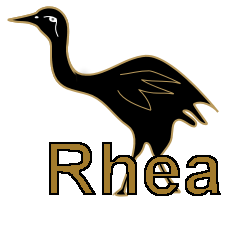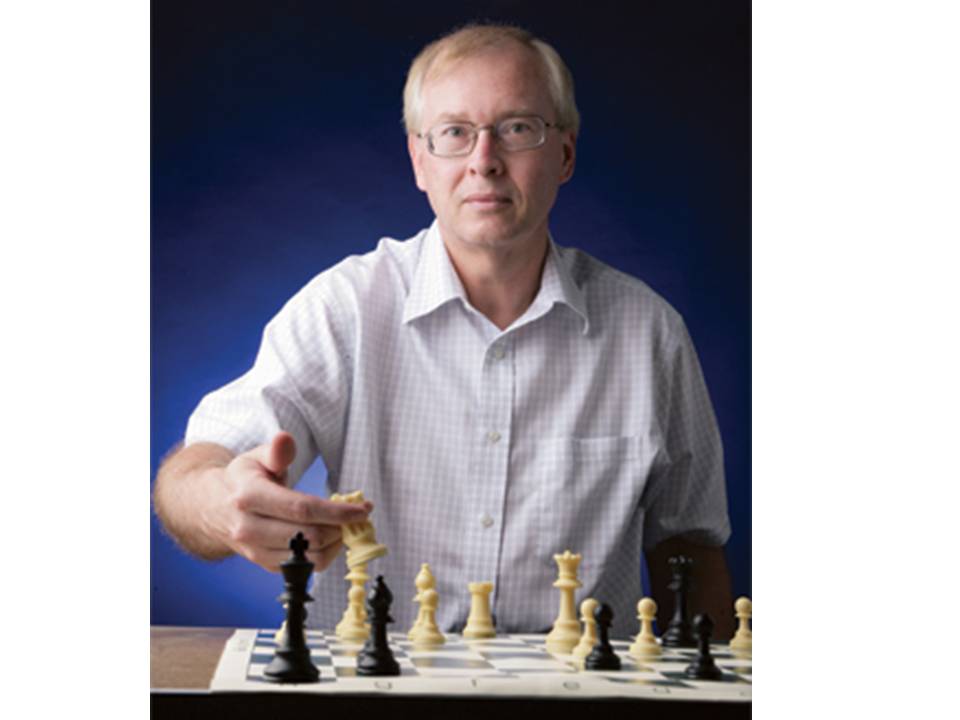ECE Ph.D. Qualifying Exam: Automatic Control (AC)- Question 3, August 2011
$ \color{blue}\text{4. } \left( \text{20 pts} \right) \text{ Consider the following model of a discrete-time system, } $
$ x\left ( k+1 \right )=2x\left ( k \right )+u\left ( k \right ), x\left ( 0 \right )=0, 0\leq k\leq 2 $
$ \color{blue}\text{Use the Lagrange multiplier approach to calculate the optimal control sequence} $
$ \left \{ u\left ( 0 \right ),u\left ( 1 \right ), u\left ( 2 \right ) \right \} $
$ \color{blue}\text{that transfers the initial state } x\left( 0 \right) \text{ to } x\left( 3 \right)=7 \text{ while minimizing the performance index} $
$ J=\frac{1}{2}\sum\limits_{k=0}^2 u\left ( k \right )^{2} $
$ \color{blue}\text{Solution 1:} $

